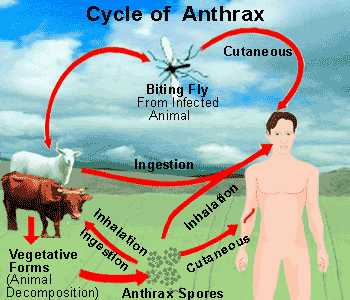Libido lifters
Vitamin E, ginger and green tea make welcome bedfellows as 'natural Viagra'
When you think sexy, certain foods automatically come to mind. Depending on your imagination -- and possibly your experience -- it could be anything from a plate of fresh oysters to a dripping chocolate fondue to, well, a can of whipped cream. There are others -- chocolate-dipped strawberries, plump, juicy grapes, or anything you can hand-feed to your lover.
Whatever the details of the list, it's a pretty safe bet that wheat germ, almonds and pumpkin seeds are not high on it -- but maybe they should be. To get the lowdown on libido lifters, we contacted Joey Shulman, a nutritionist and author of the just-published book Healthy Sin Foods: Decadence Without the Guilt. She set us straight on what foods really offer natural ways to get you in the wooing mood.
Topping her lusty-food list are those rich in vitamin E. And at the top is wheat germ oil. One tablespoon of the stuff gives you a full 100 per cent of your suggested daily intake. Almonds are also high; eat an ounce of them dry-roasted and you'll have had 40 per cent of your suggested daily amount. Sunflower seeds, hazelnuts, peanut butter and peanuts also have the magic vitamin, but Shulman recommends that if you want to keep your sexy figure (no question that's good for your lover's libido), don't eat more than 15 nuts in one sitting. After all, nuts are high in fat, albeit good fat. And if you want some E without the fat, try a kiwi, some broccoli, spinach, kale or a mango.
"Vitamin E is shown to balance skin and help with stretch marks and age spots," Shulman said. "But some people call it natural Viagra."
Maybe that's because you not only look better, but the vitamin E also improves your blood flow. Shulman's not sure how, but she swears it works. She also said you can buy vitamin E oil in capsules, and use it for massage. "But food's more fun."
Next in the nutritionist's passion food picks was ginger.
"People use ginger for upset stomachs, to relieve cold and flu symptoms, but it also helps with stress, helps relax you, and it also improves blood flow," Shulman said. And as we now know, better blood flow is good for you-know-what.
"You can have ginger tea or you can add it to stir-fries, baking," she said. "We just also have jars of minced ginger in the house."
And there's another sex-drive booster in the tea cupboard. When you drink green tea, there is a release of an amino acid called L-theanine in your brain.
"It makes you feel alert, yet calm at the same time," Shulman said. "It doesn't give you the jitters that coffee does. Green tea is also extremely high in antioxidants that might put you in the mood."
Those were Shulman's unconventional suggestions, but she also shed light on old standards, offering science behind their libidinous legend.
Oysters are perhaps the most commonly referenced aphrodisiac, and Shulman confirmed the reputation is deserved. The salty mollusks are full of zinc, which is good for immune system function and is involved in enzyme production. In short, zinc is crucial to the overall running of the human system and feeling good is what it's all about. Other foods with zinc include beef, lamb and pumpkin seeds.
Red wine, like all alcohol, has a reputation for improving the odds of "getting lucky," but it's not just because of its brain-altering properties.
From a health perspective, the high number of flavonoids, including resveratrol, and antioxidants found in red wine keep the blood pumping.
And finally, why not indulge in an old favourite? Chocolate, if you keep it dark, is also full of flavonoids that keep blood vessels elastic; in short, it does the same thing as red wine.
Dip some mango and kiwi in melted dark chocolate and chase it with a good red wine, and your odds of making a love connection will improve dramatically.
---
Sex-inducing Smoothie
- 1/2 cup (125 mL) unsweetened almond milk (contains vitamin E)
- 1 cup (250 mL) frozen strawberries
- 1 cup (250 mL) kiwi, peeled
- 1 tablespoon (15 mL) wheat germ oil
- 1 tablespoon (15 mL) cocoa powder
Blend all ingredients in a blender on high.
Note: To make smoothie creamier, add 1/2 banana and a second 1/2-cup (125 mL) almond milk.





